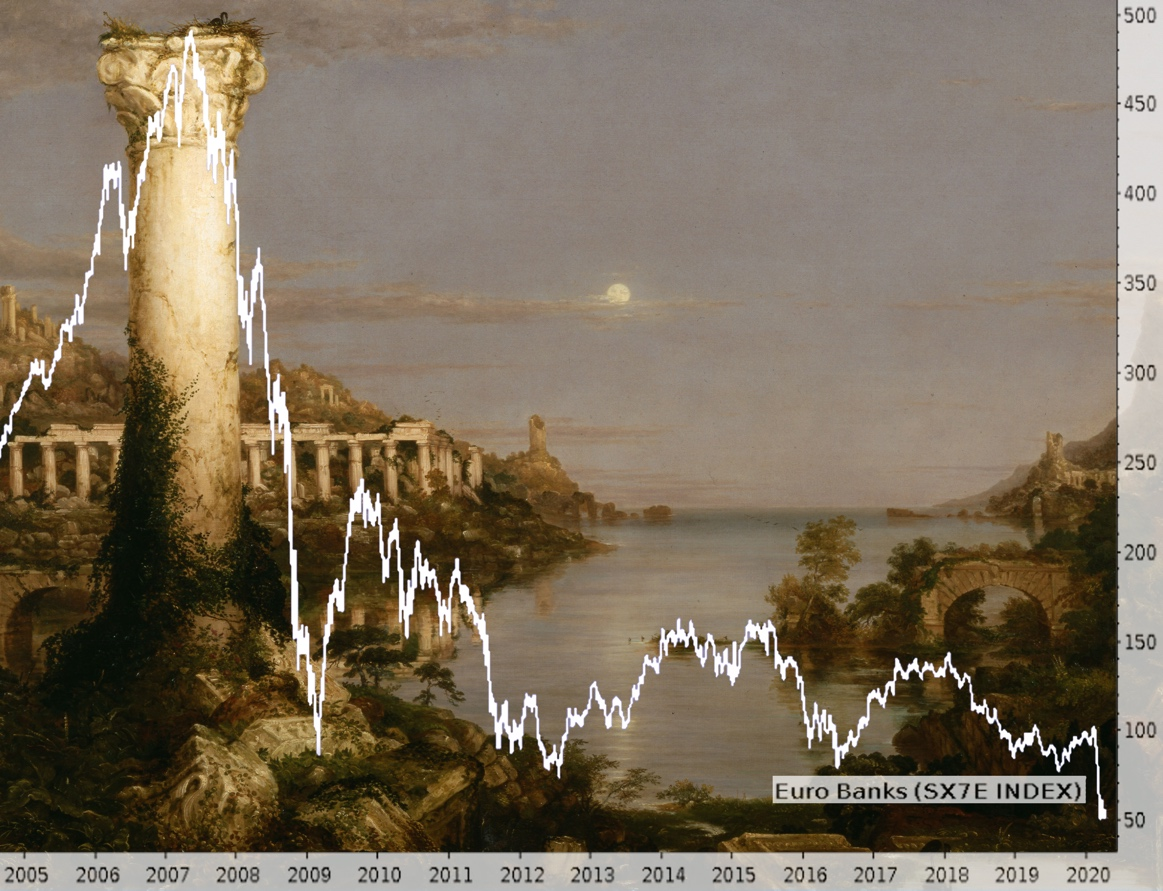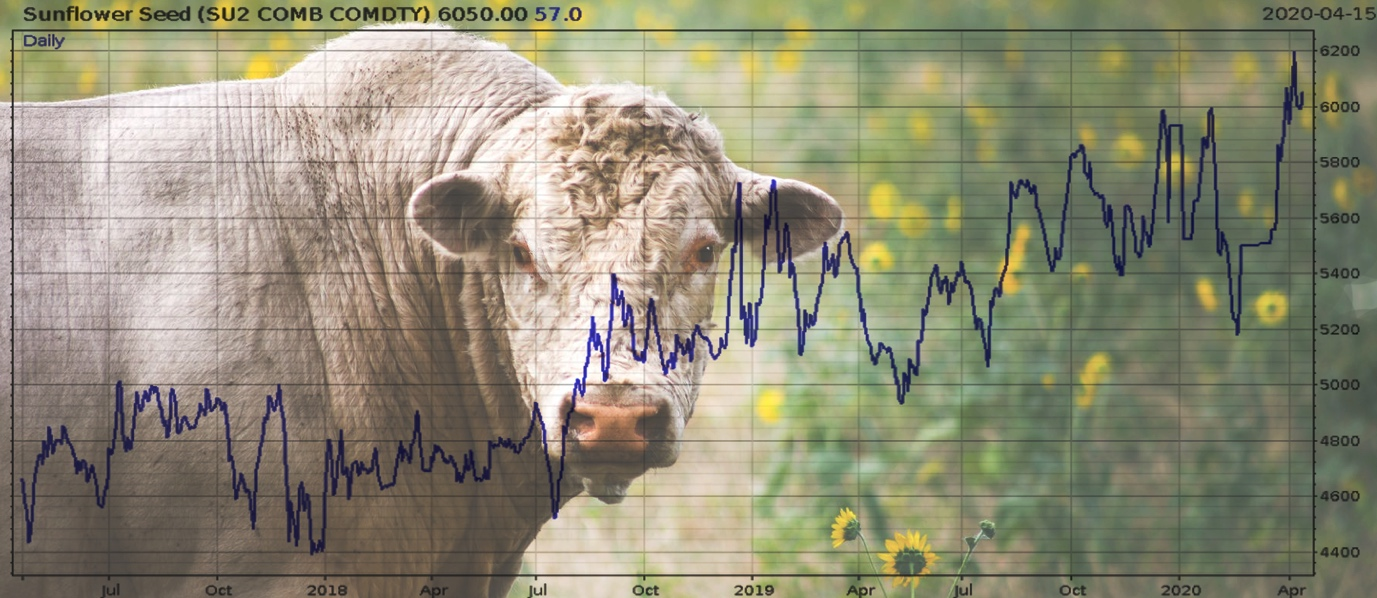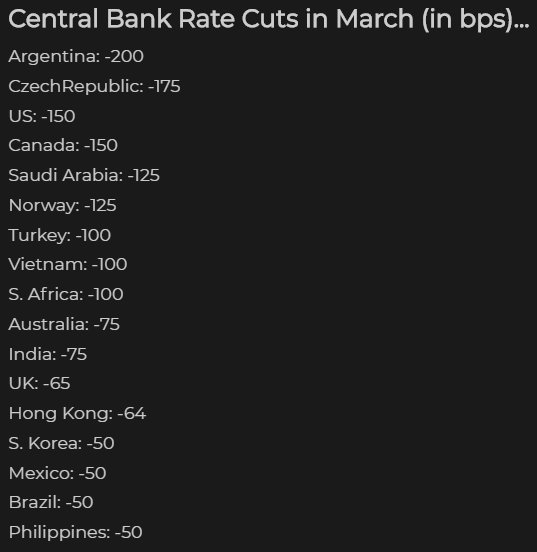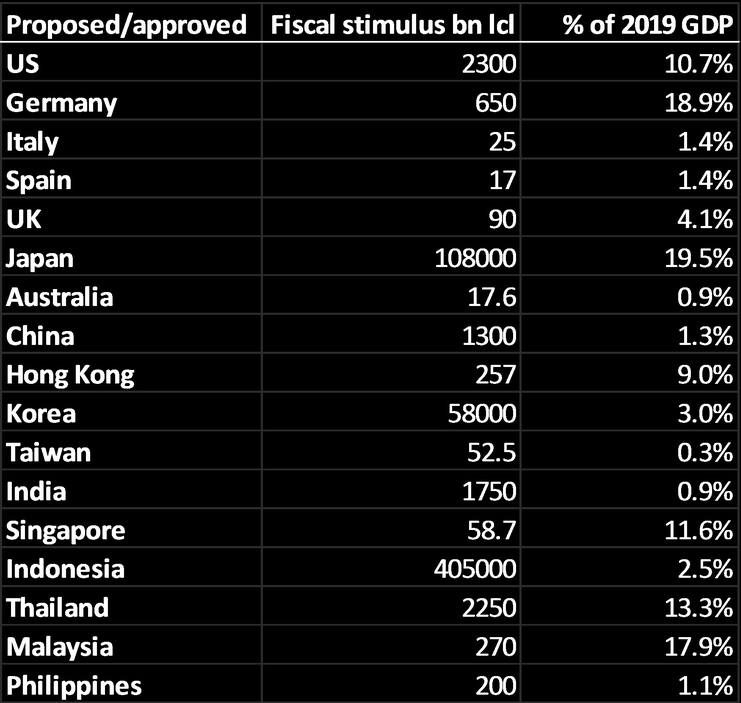Nobody wants to talk about this asset… but it’s been performing incredibly well during these wild times.
It’s been in a bull market for years now. It wasn’t shook at all during the brutal March we’ve just had – indeed, it actually boomed during it. This thing is up nearly 20% just since Valentine’s Day, with much of that gain occurring while the stockmarket was getting humbled.
It wasn’t hit by the “volmageddon” event in early 2018, or the crazy Christmas at the end of that year either.
So what is this thing? What should we all have just sat tight with over the last few years in safety and security?
It’s a commodity, one which you’re likely very familiar with…
But it sure ain’t oil, iron, copper or gold. Or wheat or coffee for that matter. And no, it’s not loo roll either (thankfully that hysteria appears to be behind us).
Any ideas what it is? I reckon you’ll be surprised. I know I was.
But I’ll get back to it in a moment. Right now, I have more pressing matters to show you.
“The Big Stim” cometh
I’ve written a fair bit on the topic of gold ever since I joined Southbank Investment Research. However, the backdrop to higher gold prices in recent years has been central banks lowering interest rates to make money cheaper. We are seeing this dynamic in spades right now, but crucially we are also seeing its deadly, currency debasing sibling – governments maxing out their credit cards and then some.
To give an idea of just how suddenly governments around the world have delved into this currency debasing realm, these tables showing what’s happened around the world since March are illuminating.
Here are changes in interest rates decreed by the central banking community. The rate cuts are listed in hundredths of a percentage point, or “basis points”– so “-100” means the central bank in that country cut interest rates to its banking system by 1%, and so on:
As you can see, while it was already a very bad time to be a saver, it has got significantly worse since March. It’s also very bad for the health of the banking system in general, but we’ll get back to that in a moment.
Now let’s take a look at the government spending programmes. The column in the middle shows how much money each government aims to spend in billions of the local currency (so Australia 17.6 means the Aussie government aims to spend 17.6 billion Aussie dollars):
Note that the German government, legendarily reluctant to spend cash due to memories of the Weimar hyperinflation, has finally broken its habit and is planning on spending nearly a fifth of the value created by its economy. This is a huge departure from the norm for one of the most fiscally tight economies in the world, and is indicative of a future which involves a lot more government. Importantly for gold, it is also indicative of a future with much more inflation which the gold price absorbs.
This binary combination of low interest rates and high government spending is quite the cocktail. However, those uber-low interest rates are also debilitating for banks (who require positive interest rates to earn money in the traditional manner), who are also, incidentally, tasked with absorbing vast quantities of that government debt.
Either due to the low rates, fears of what’s going on in the banking system, memories of the last sovereign debt crisis in Europe, or a combination of all three, folks in the eurozone want hard cash. Forget the fact that everybody wants to pay contactless with the WuFlu on the loose – these banknotes ain’t for spending, they’re for safekeeping in the event of an emergency.
From the Financial Times:
The value of euro banknotes in circulation has increased by the largest amount since the 2008 financial crisis, according to new data which indicates many people in Europe have responded to the coronavirus pandemic by hoarding cash.
In the four weeks to April 10 the value of euro banknotes distributed to individuals and businesses rose by €41.2bn to €1.33tn, the weekly financial statement published by the European Central Bank on Wednesday showed.
That is the biggest jump in the amount of cash in circulation in the eurozone since it rose by €41.4bn in the four weeks to October 24 2008 — shortly after Lehman Brothers went bankrupt, causing the global financial system to freeze.
It must be an absolute hell of a time to be a eurozone banker right now, and the market can tell. All those non-performing loans (bad debts) on their balance sheet – ignorable when the system was stable – must now be like concrete boots. And that’s before you take into account the lower interest rates and the cash withdrawals from depositors.
Late last year I showed you the Euro Banks index ($SX7E), and noted that it was reaching a brutally low level. If it broke lower than it was, it would indicate that something serious was going down – possibly the threat of a bank failure.
However, the index bounced from there as 2020 neared. Crisis averted it seemed… until the WuFlu arrived.
The index, already utterly desolated since its highs in the noughties, has now broken to new all-time lows:
 Decimation: eurozone banks are a tenth of their 2007 value. Note how the bottom hit in both 2016 and 2019 has now broken.
Decimation: eurozone banks are a tenth of their 2007 value. Note how the bottom hit in both 2016 and 2019 has now broken.
Source: me, on Twitter
To put it bluntly, the ass has fallen out of the market. That small blob on the bottom right is the index finding a new ledge to hold on to – but it’s already tested it three times. You can almost hear the structure groaning with the weight of selling.
If I were in euro-land, I wouldn’t just be hoarding banknotes – I’d be after something shiny and heavy…
I’ve told you before that I think it’s now or never for Italy to leave the euro – and some of the most stressed banks are in that index. There’ll be hell to pay if one goes bust – but Italy can’t print the euros to pay hell.
Watch this index. There’s blood in the air.
Now, why is nobody talking about this investment?
Before I leave you for the weekend, here’s that investment that’s having a whale of a time while the world is going to hell in a hand basket.
Like I said, it’s a commodity, but maybe one you don’t normally think about.
It’s sunflower seeds.
 Closest image I could get to “bullish on sunflowers”
Closest image I could get to “bullish on sunflowers”
Source: me, on Twitter
And no, I really don’t have much of a clue why they’re going up either. Just thought I’d let you know about it – sure piqued my interest.
Best/most flippant guess I have for the spike through March is that the Israelis were buying in bulk in preparation for the lockdown. They eat roasted sunflower seeds like popcorn in front of the movies, and perhaps they were loading up to make sure they had enough for all the Netflix coming their way. They are dense in calories, so perhaps the prepper crowd were buying them too…
Who would’ve thought that buying and holding sunflower seed futures over the last few years and through the madness of March would have been a great trade..?
Wishing you a good weekend,
Boaz Shoshan
Editor, Capital & Conflict
For charts and other financial/geopolitical content, follow me on Twitter: @FederalExcess.
Category: Market updates




